Are you interested in French wines? Well, let us introduce one of the region’s bests, then! The Chateauneuf-du-Pape wine!
In this Chateauneuf du Pape wine guide, you will learn the wine’s history, characteristics, and much more! As you can see, we have plenty to discuss. With that, on to the discussion we go!
How Do You Say Chateauneuf-du-Pape?
As this discussion is about this wine, we will mention it quite a lot. With that, it only seems right to learn to say this wine’s name first.
If we are being honest, it is not trouble-free to say (to a non-French speaker, at least)! With that, you can check this video out to learn how to say this wine’s name:
An Overview of the Chateauneuf-du-Pape Wine
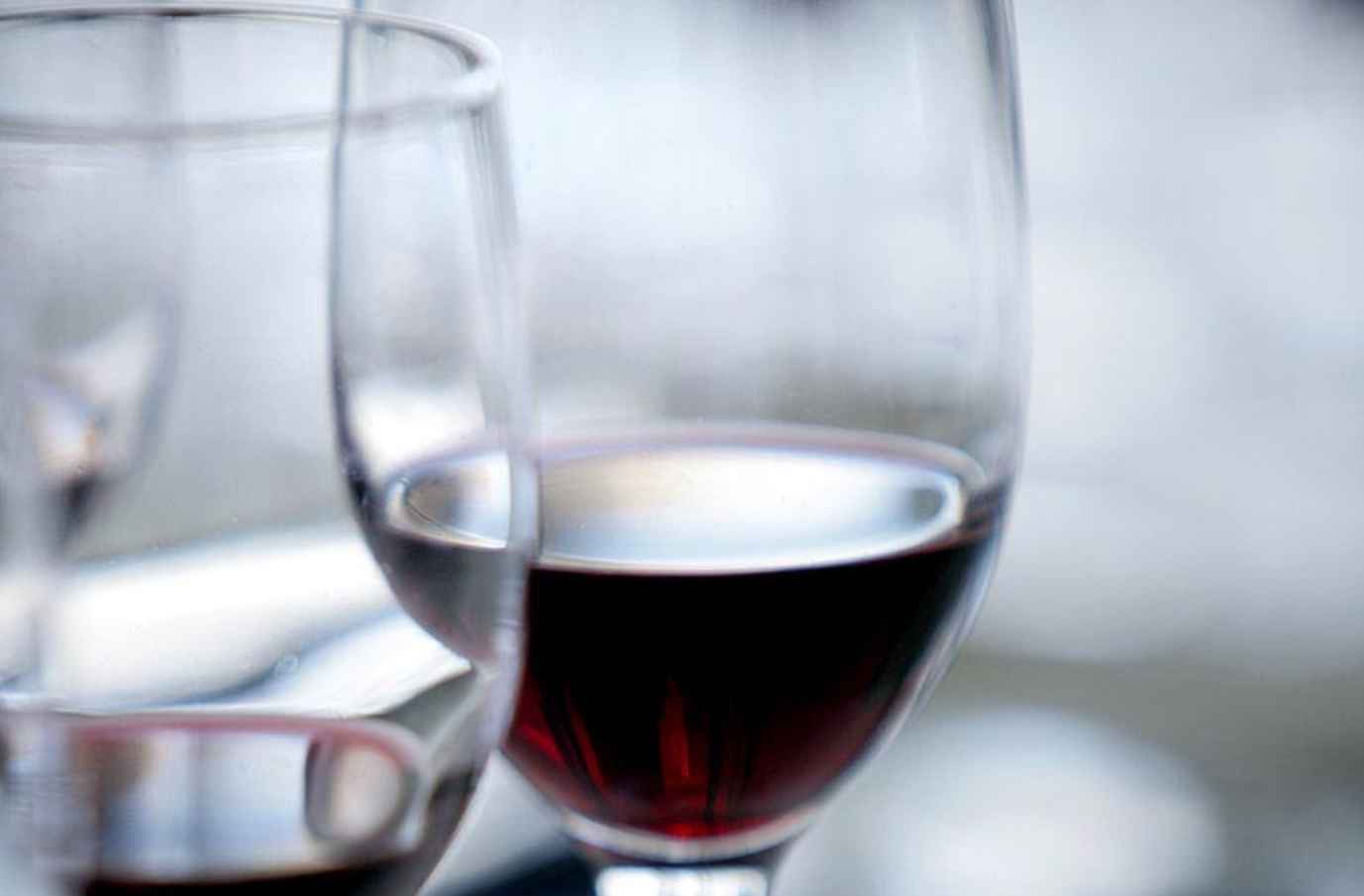
You now know how to say Chateauneuf-du-Pape (CdP). Next, let us start getting to know it.
One of the first things to know about the CdP is that it does not point to a single wine. Instead, it refers to a group of wines.
With that, as we go over the overview, keep in mind that these characteristics only refer to the general look at the group of wines as a whole. Each wine under CdP still has its unique features and characteristics.
| Characteristics | CdP |
| Type | Red |
| Sweetness | Sweet |
| Acidity | High |
| Tannins | High |
| Alcohol | High |
| Body | Full-Bodied |
| Notes | Red and Black Cherries |
These wines are typically red, sweet, and boast high acidity, tannicity, and alcohol. In addition, they tend to be full-bodied with notes of red and black cherries. With that alone, you can see these wines undoubtedly have a bite!
Brief History of the CdP Wine
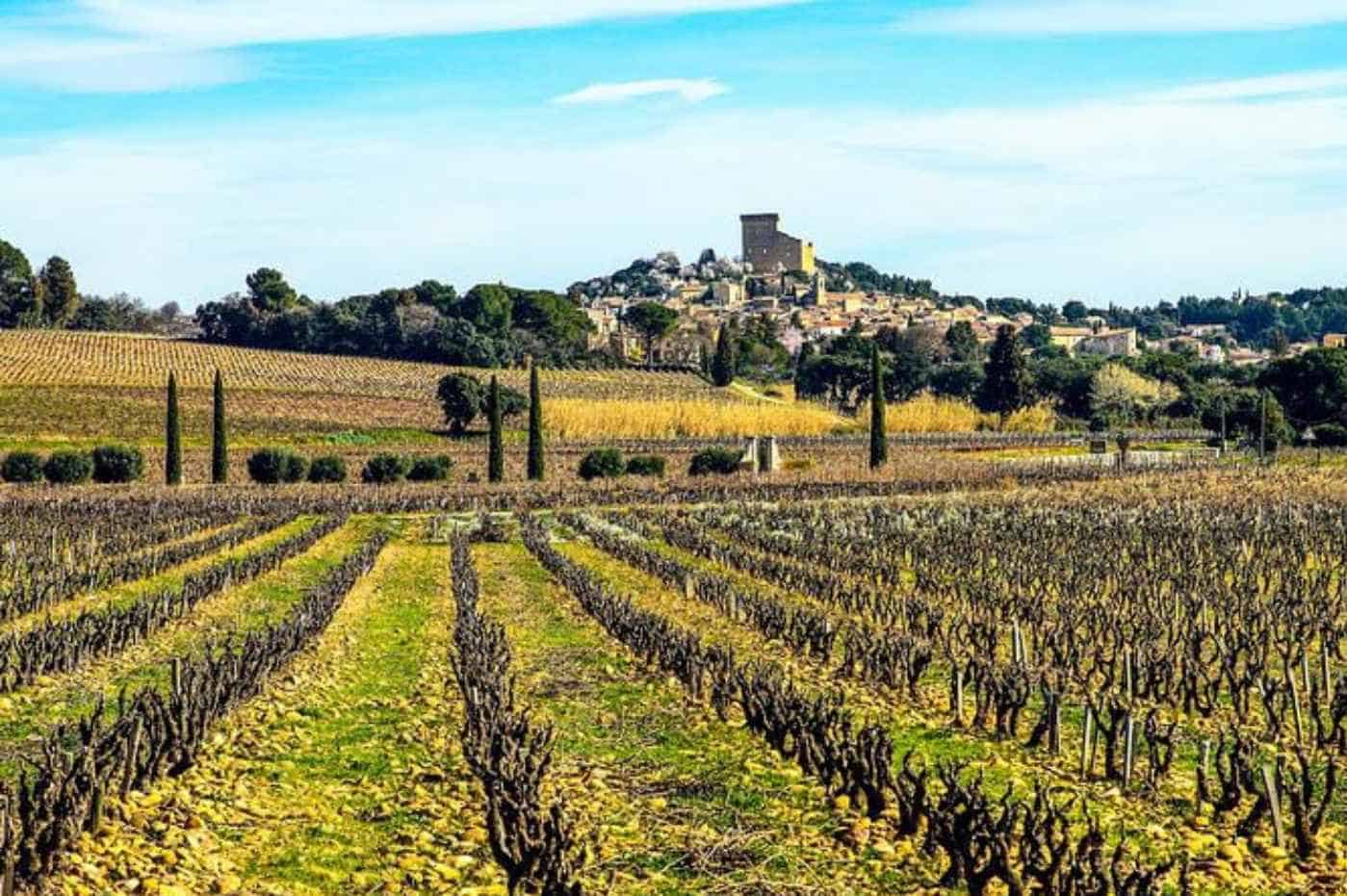
One of the things that make a bottle is its story. Now, these wines undoubtedly do not lack in the area as they have a long and winding history to offer.
Chateauneuf-du-Pape means The Pope’s New Castle when translated. A name it got when the Popes started to reside in Avignon.
The first Pope was Pope Clement V. He was a fan of vines and wines and, in a way, helped shape the region’s wine culture. However, he was more of a fan of Burgundy wines. It was the next Pope (Pope John XII) who adored the area’s wines and further helped improve its winemaking processes.
In the 1700s, the wines of the area started getting some fame. However, it was in the 1800s that its wines started resembling the ones we know today.
The region was one of the first areas to be hit by the Phylloxera epidemic. After that, it took decades for it to start again. However, it is slowly but surely thriving and climbing the ranks.
What Are the CdP Wine Grapes?

Most of the wines in this region are blends, and here are some of the grapes often used in its wines:
- Cinsault
- Clairette
- Grenache
- Mourvedre
- Syrah
Of these varieties, Grenache is the one most often used. However, among the official grapes, the popularity of each one seems to change every few years. That is, except for Grenache.
How Do They Make CdP Wine?
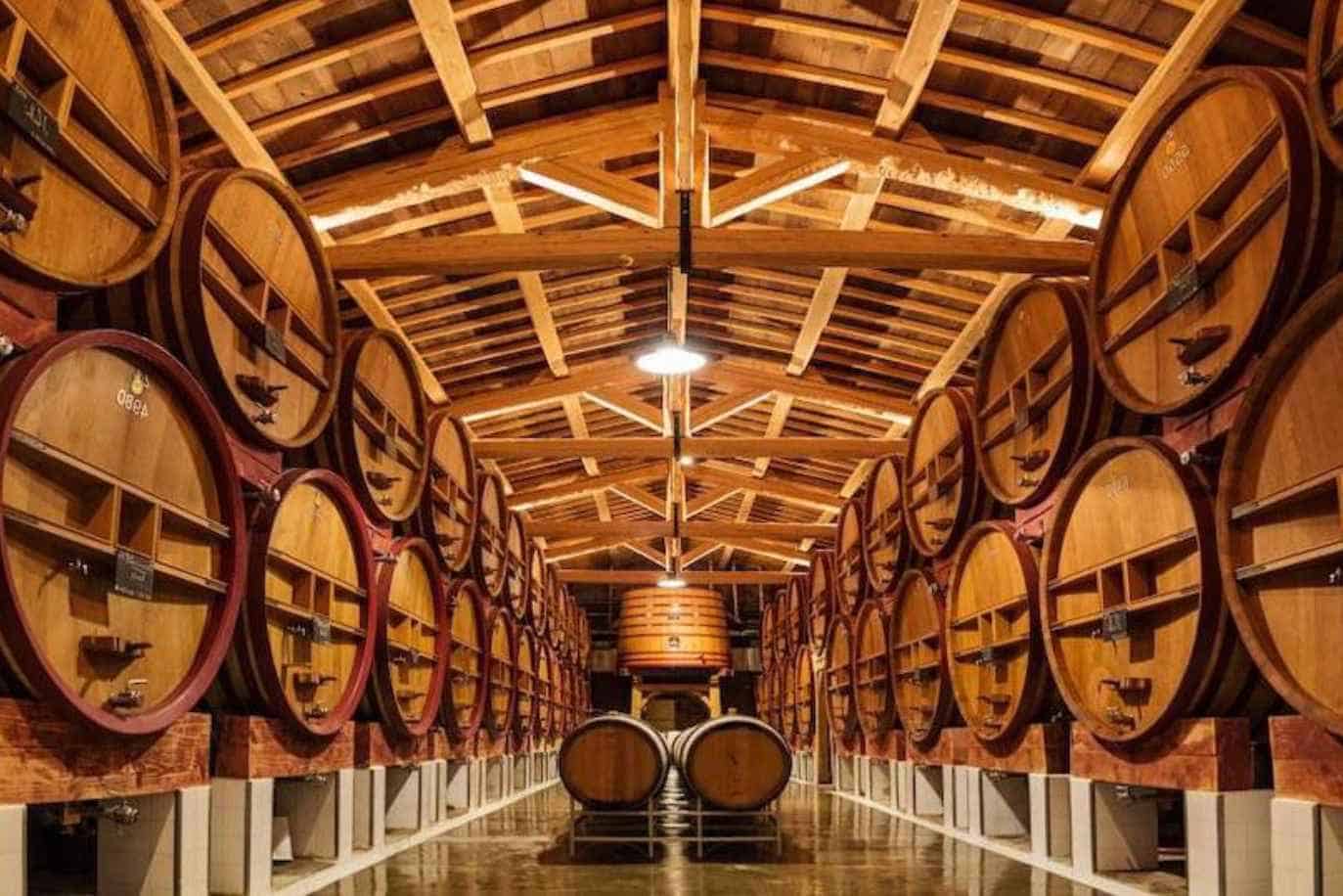
In 1936, INAO created the Chateauneuf du Pape appellation. As you might already expect, these wines are under strict rules and regulations.
For one, a vine must be at least four years of age to be part of a bottle. For another, harvesting is 100% by hand, and machines for such tasks are prohibited. These are only some examples, though. These wines undergo so many rules! One even needs permission to irrigate!
What Are the Characteristics of the CdP Wine?
We have already discussed the history of this wine. In addition, we also talked about its grapes and winemaking process. Now, let us get up close and personal with it. Let us discuss each character in some detail.
Wine Type
As we have said earlier, CdP wines are mostly red. However, there are also white varieties. One can say the whites of the region are rare, though. If you desire a white CdP wine, be ready to go on a hunt.
Sweetness
Generally, these wines have high sugar content. However, some do say that it could be hard to detect the sweetness in these wines.
Acidity
One of the reasons one would have a hard time detecting any sweetness in these wines is their acidity. As we have said, these wines often boast high acidity levels.
Tannins
Same with their acidity, these wines also boast high tannicity.
Alcohol

Generally, these wines have high alcohol levels. That is because these wines must at least have a 12.5% ABV. However, seeing a bottle sport 15% ABV is not uncommon!
Body
Red or white, the wines under this category tend to be full-bodied.
Notes
Like almost every other wine, these wines offer a wide array of notes. Some of the flavors and aromas one can detect from these wines are the following:
- Red Cherries
- Black Cherries
- Strawberries
- Peppers
- Raspberries
- Tar
- Leather
- Violet
- Thyme
- Vanilla
- Tobacco
However, this is not the whole story. There are so many more notes for an oenophile to discover upon opening a bottle of these wines. In addition, different bottles have varying prominent flavors and aromas.
Tips When Buying CdP Wine
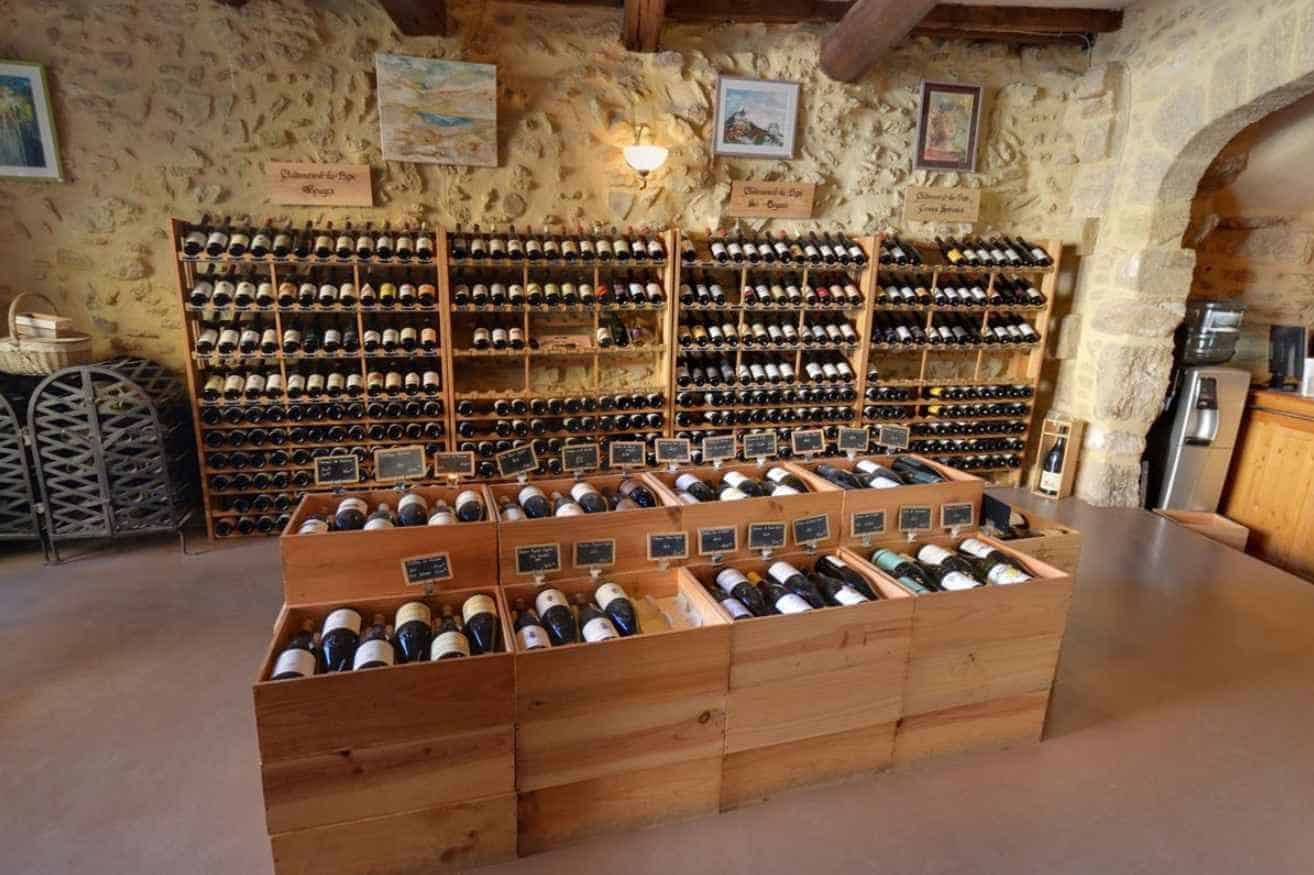
Now that we know a good deal about these wines, the next thing to do to further understand these wines is to taste a bottle or two of them. You need to get a bottle or two for that, then! With that, here are some tips!
How Much Does the CdP Wine Cost?
Often, hefty price tags are good indicators of good wines. However, you do not have to splurge on a bottle of this wine. CdP wines often come with fair prices.
What Are the Best CdP Vintages?
Here are some vintages of these wines you might want to keep your eye peeled for:
- 2019
- 2018
- 2017
- 2016
- 2015
Be on a special lookout for the 2016 vintage, though!
CdP Wines to Try Out
If you are still not sure which bottles to get, here are some of our recommendations:
| Bottle | Price |
| Chateau de Beaucastel CdP | Approx. $98 |
| Chateau de Beaucastel CdP Grand Cuvee Hommage a Jacques Perrin | Approx. $369 |
| Chateau Rayas CdP Reserve | Approx. $1,988 |
| Chateau Mont-Redon CdP | Approx. $49 |
| Le Clos du Caillou CdP La Reserve | Approx. $130 |
(Note: As you can see, these wines do not only come in different shapes and sizes. They also come in various price tags. Whatever your budget is, you will likely find a bottle for you!)
Do Not Be Afraid to Ask
These wines might have a hard name to say, but do not let that stop you from getting a bottle of them! If none of the wines above have tickled your fancy, you can always ask your local sommelier for their suggestion.
Whether you say the name right or not, they will likely know what you are talking about and which bottle to recommend!
Additionally, as we said above, there are many different types of CdP wine. It could be hard to browse every one of them. With that, this last suggestion might work best for you if you are new to the wine scene or these wines.
How to Serve CdP Wine?
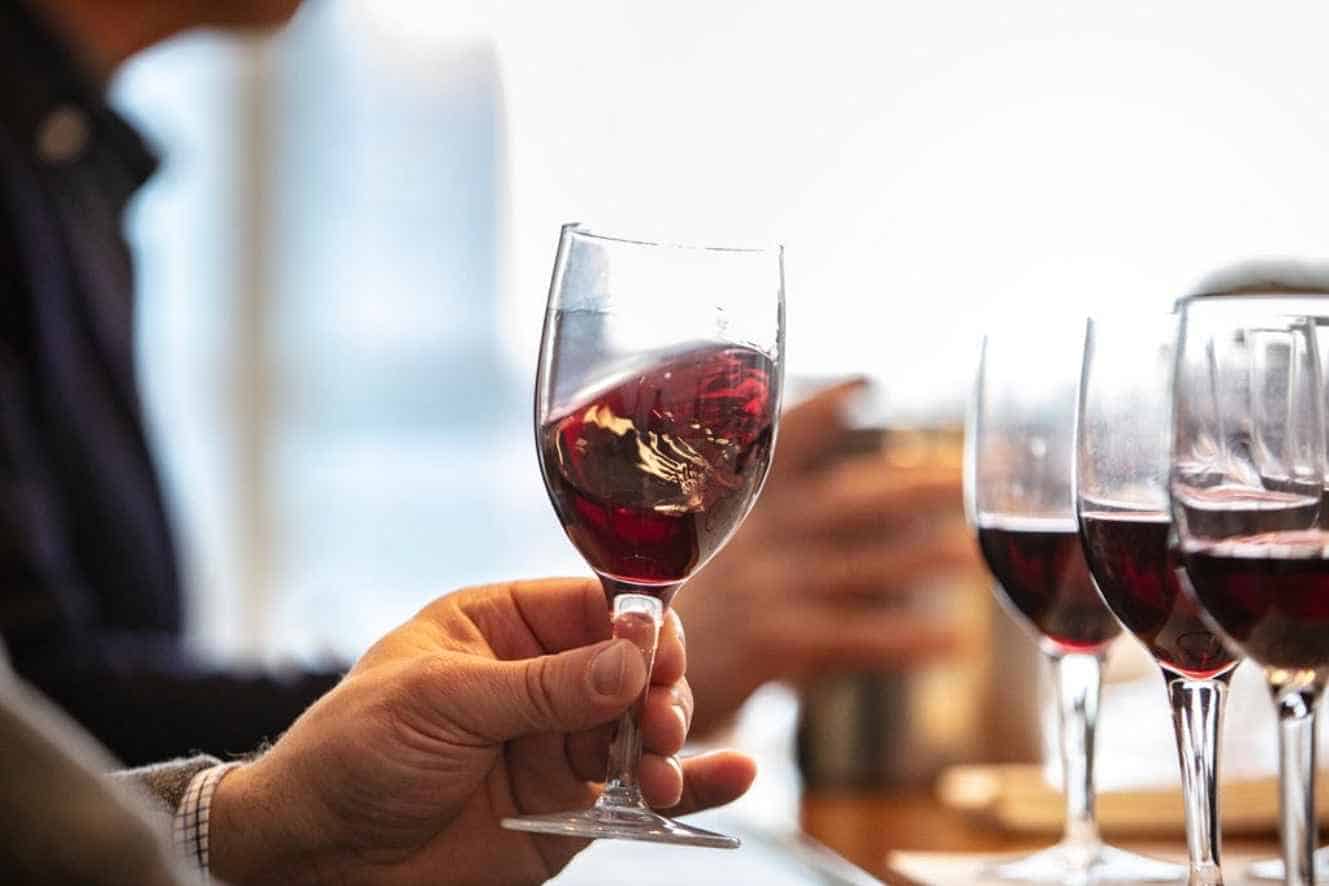
Alright! Now that you have your bottle, it is time to get your favorite wine glass and get tasting! While we could keep talking about this wine (trust us, we could), nothing beats knowing it by actually experiencing it!
These wines can be aged or not. It all depends on the particular bottle you have.
Decanting is almost always a preference, but decanting these wines might be for the best. As for the serving temperature, you want these wines at around 60 °F (16 °C).
As we said from the start, CdP wines do not only refer to a single wine. With that, you can find a bottle you can enjoy for any occasion. That is, a bottle to enjoy on its own or with a snack or meal. However, if it is the latter you want, let us help you with that!
What Food Goes with the CdP Wine?
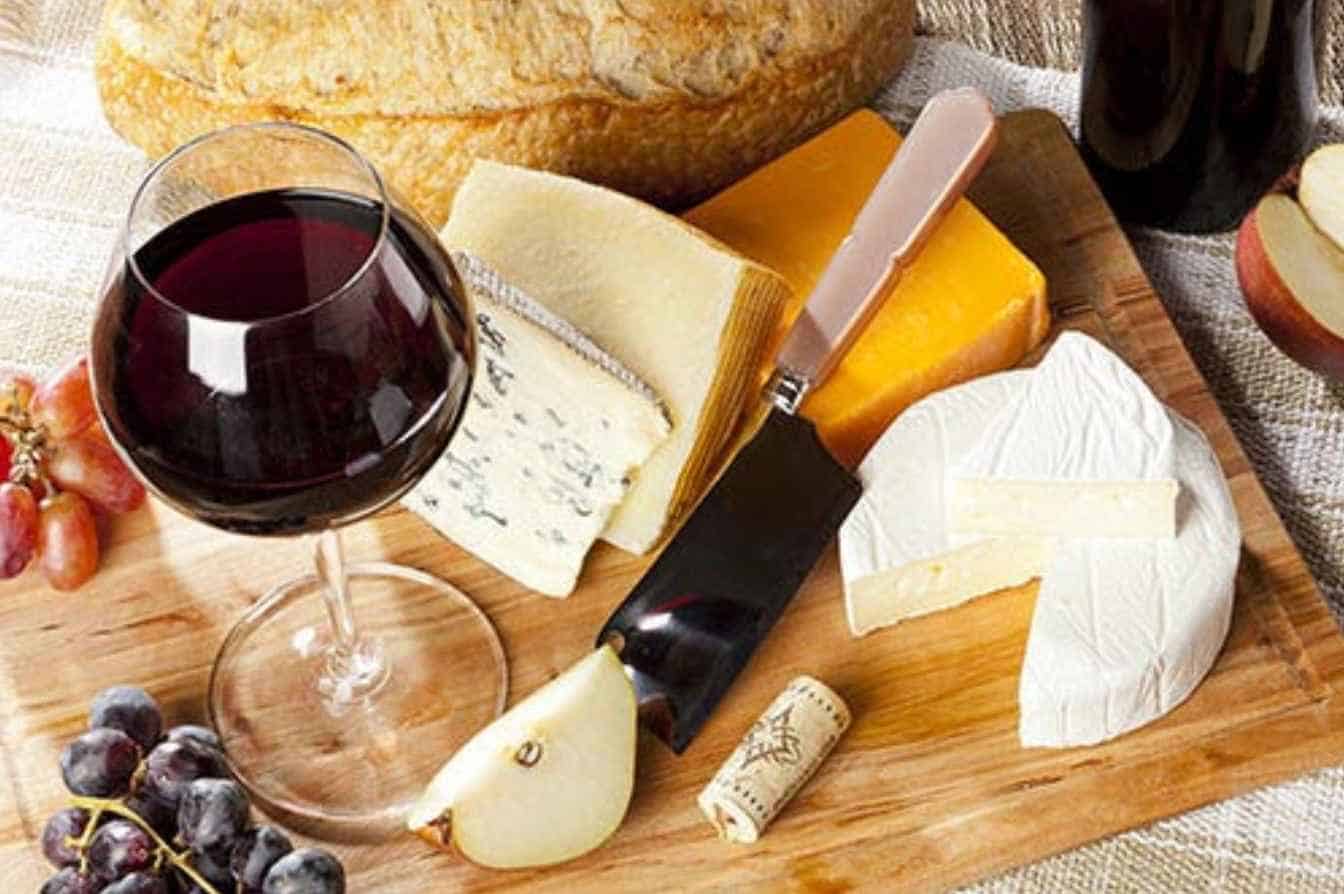
CdP wines can go with an array of food. However, if you are looking for a particular cuisine to pair it with, we suggest going Asian!
Still, with how many different types of CdP wines there are, it will not be hard to find one to pair up with whatever dish you have in mind! That is how versatile these wines are!
Final Words
And that was our Chateauneuf du Pape wine guide! We hope we were of service to you today in getting to know this wine. It might have a demanding name to say, but that is no reason to shy away from this wine.
There are many other wines worthy of getting to know, though. If you have other vines or wines you would like to know and be familiar with, you can head on over to our other discussions! That is all from us for today, though. See you again soon! Cheers!
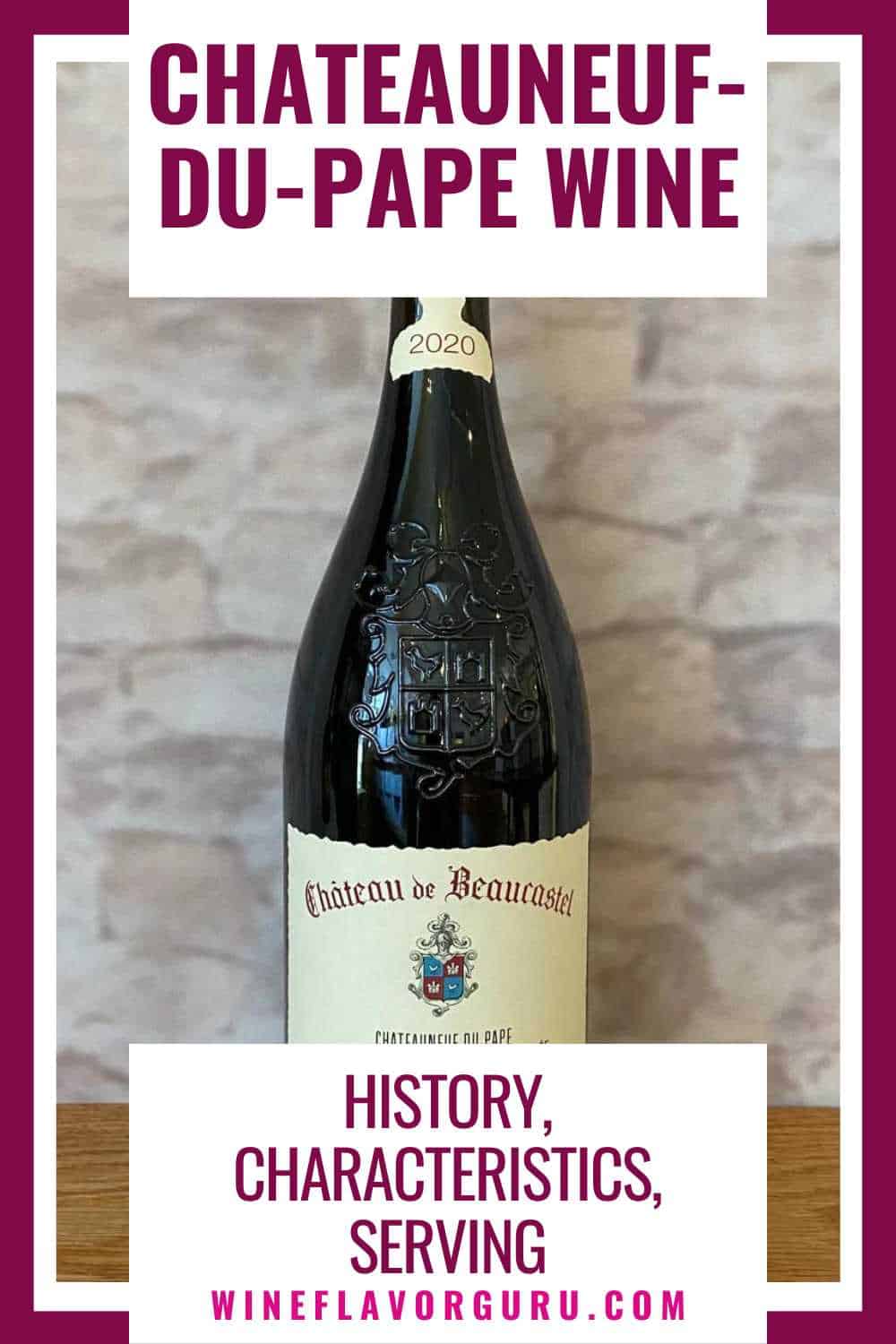

George Moore, co-founder of Wine Flavor Guru, is a charismatic entrepreneur with a rich background in California’s wine industry. Alongside Sylvia, he transformed a Sonoma County vineyard into a source of premium wines. George’s expertise in sourcing exceptional grapes and his approachable style make wine appreciation both accessible and engaging.
